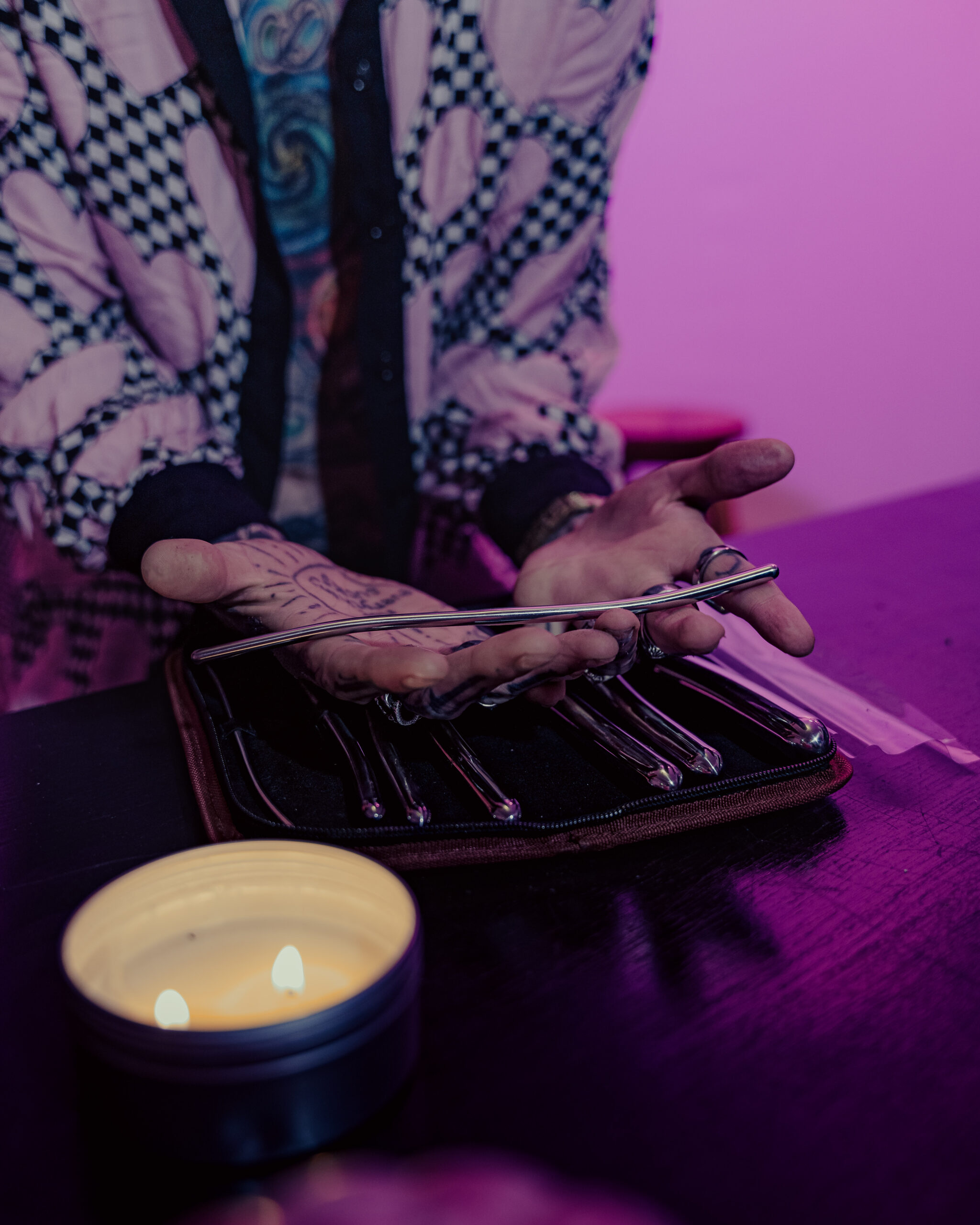What are Blue Balls?
Blue balls, also known as epididymitis, are a common and painful condition that affects many men. They occur when the sac surrounding a man’s testicles, called the tunica vaginalis, becomes inflamed or irritated. This inflammation can be caused by a variety of factors, including bacterial or viral infections, tight underwear, or physical trauma to the groin area.
Blue balls, also known as testicular torsion or epididymitis, is a painful condition that occurs when the spermatic cord becomes swollen due to inflammation.
Blue balls, also known as testicular torsion or epididymitis, is a painful condition that occurs when the spermatic cord becomes swollen due to inflammation.
- Causes of blue balls can include infection, injury, or blockage of the spermatic cord
- It can be triggered by poor hygiene, sexually transmitted infections (STIs), and certain medical conditions such as epididymitis
- A blocked duct in the testicle can also lead to inflammation and pain, causing blue balls
- Other possible causes include spermatic cord injury, retroperitoneal fibrosis, and congenital anomalies
The symptoms of blue balls can vary depending on the underlying cause, but common signs include severe pain in the testicle, swelling of the scrotum, and redness.
- Men may experience sudden onset of sharp pain in one testicle, which can be accompanied by a feeling of pressure or tightness
- There may also be swelling, redness, and warmth of the affected testicle
- Some men may experience nausea, vomiting, and fever, especially if there is an underlying infection
Seeking medical attention is crucial to prevent long-term damage or infertility. A doctor can diagnose blue balls through a physical examination and imaging tests such as ultrasound or CT scans.
- A diagnosis of epididymitis is typically made based on symptoms, medical history, and testicular exam
- Imaging tests may be ordered to rule out other conditions that may be causing the pain and swelling
- Treatment usually involves antibiotics or anti-inflammatory medications, as well as rest and ice packs to reduce pain and swelling
Preventing blue balls involves maintaining good hygiene, getting regular check-ups with a doctor, and avoiding tight clothing that can cause compression of the spermatic cord.
- Men should also avoid sharing personal care items, such as towels or washcloths, to prevent STIs
- Wearing loose-fitting underwear and avoiding excessive heat during exercise can also help reduce the risk of blue balls
Causes of Blue Balls in Guys
Blue balls, also known as orchitis or testicular pain, are a common and uncomfortable condition that affects many men. It is characterized by intense pain in one or both testicles, usually due to prolonged sexual arousal without relief. This pain can be severe enough to interfere with daily activities, sleep, and even emotional well-being. While blue balls may seem like an embarrassing topic, they are relatively common and can have several underlying causes.
Physical Causes
Blue balls, also known as testicular torsion or hydrocele, are a painful and potentially serious condition that can affect men. While it’s more common for women to experience discomfort in their reproductive organs, blue balls occur when the testicles become inflamed or swollen, leading to a range of uncomfortable symptoms.
- Overexertion: Engaging in strenuous physical activity, such as weightlifting or intense exercise, can increase blood flow to the testicles and cause them to swell.
- Tight underwear: Wearing tight-fitting underwear, particularly briefs or snug-fitting boxer shorts, can reduce airflow to the testicles and contribute to swelling.
- High temperatures: Exposure to extreme heat, such as taking a hot shower or being in a sauna, can increase blood flow to the testicles and cause them to swell.
In some cases, blue balls are caused by more serious underlying medical conditions. These include:
- Hydrocele: A fluid buildup around the testicle that can cause swelling and pain.
- Varicocele: An enlargement of the veins within the scrotum that can lead to swelling and discomfort.
If left untreated, blue balls can lead to permanent damage or even infertility. It’s essential for men to seek medical attention if they experience persistent or severe pain in their testicles or scrotum.
Other Possible Causes
Other possible causes for blue balls, also known as testicular torsion or epididymitis, can be quite diverse. While we often attribute this condition to prolonged masturbation, it’s essential to consider other potential explanations that may lead to the same symptoms.
Medical Conditions and Infections
Other possible causes, medical conditions, and infections can be a contributing factor to blue balls. Hormonal imbalances, particularly an overactive production of testosterone, can lead to swelling in the testicles. Varicocele, a condition characterized by enlarged veins in the scrotum, can also cause swelling and discomfort in one or both testicles.
Idiopathic epididymitis, inflammation of the epididymis without an identifiable cause, may also result in blue balls. In some cases, infections such as chlamydia or gonorrhea can cause swelling and pain in the scrotum and testicles, leading to a condition known as epididymo-orchitis.
Orchitis, inflammation of one or both testicles, can also be caused by viral or bacterial infections. The most common symptoms of orchitis include swelling, redness, warmth, and pain in the affected testicle. In rare cases, orchitis can lead to infertility and epididymal damage.
Additionally, conditions such as hydrocele, a buildup of fluid in the scrotum, can also cause swelling and discomfort in one or both testicles. Other medical conditions, including sarcoidosis and tuberculosis, may also affect the testicles and result in symptoms similar to those associated with blue balls.
Symptoms of Blue Balls in Guys
Blue balls, also known as testicular pain or micturition syndrome, is a common condition that affects many men at some point in their lives. It is characterized by a dull ache, tenderness, and swelling of the testicles, often accompanied by pain while urinating or ejaculation. The discomfort can range from mild to severe and may be sharp, stabbing, or dull, depending on the individual’s experience. While blue balls are not a serious medical condition, they can be uncomfortable and disrupt daily activities.
Common Symptoms

Blue balls, also known as testicular torsion or testicular pain syndrome, is a painful condition that affects some men, particularly those in their youth and adolescence. It is characterized by severe, stabbing, or burning pain in the testicles, often accompanied by swelling, redness, and bruising.
The symptoms of blue balls can vary in intensity and duration, but common complaints include:
- Painful swelling or tenderness in one or both testicles
- A burning sensation or ache that may radiate to the abdomen, groin, or back
- A feeling of pressure or fullness in the scrotum
- Abnormal discharge or fluid from the testicles
- Limping, difficulty walking, or avoiding certain activities due to pain
- Anxiety or nervousness due to fear of a serious condition like testicular torsion
Some men may not experience any noticeable symptoms, but in severe cases, blue balls can lead to complications such as testicular torsion, which is an emergency medical condition that requires immediate attention. If left untreated, testicular torsion can cause permanent damage or even result in the loss of one or both testicles.
Diagnosis and Treatment

The condition known as “blue balls” may sound like a humorous or fictional affliction, but it’s actually a real and uncomfortable experience for many men. Also referred to as post-orchitis or epididymitis, blue balls occur when the testicles become inflamed, leading to swelling, pain, and a visible discoloration, often described as a bluish hue.
In this article, we’ll delve into what causes blue balls, how common they are, and most importantly, how to treat them. We’ll explore the possible causes of this condition, from bacterial infections to other medical conditions, as well as provide guidance on when to seek medical attention. By understanding the ins and outs of blue balls, men can take steps to prevent, diagnose, and effectively treat this uncomfortable condition.
Diagnostic Tests
Blue balls, also known as testicular pain or mumps orchitis, is an uncomfortable and painful condition that affects men of all ages. It is characterized by a severe ache or tenderness in one or both testicles, often accompanied by swelling, redness, and warmth to the touch. The exact cause of blue balls is not fully understood, but it is believed to be related to inflammation of the testes, often triggered by a viral infection such as mumps.
- Physical examination: A healthcare professional may perform a physical examination to check for tenderness and swelling in the testicles.
- Pain relief medication: Over-the-counter pain relievers such as acetaminophen or ibuprofen can help alleviate the discomfort.
- Rest and ice: Applying ice packs to the affected area may help reduce swelling and ease pain. Men should also avoid heavy lifting, bending, or strenuous activities until the symptoms subside.
- Antibiotics: In some cases, antibiotics may be prescribed if a bacterial infection is suspected.
In rare cases, blue balls can be a symptom of an underlying condition such as testicular cancer, epididymitis, or orchitis. If the pain persists or worsens, it is essential to seek medical attention to rule out any potential complications. A healthcare professional will perform further tests and examination to determine the underlying cause of the symptoms and develop an appropriate treatment plan.
Risk Factors for Blue Balls in Guys
Blue balls, also known as rettes or testicular torsion, are a painful condition that affects males. It occurs when a man’s veins in his scrotum become blocked, causing the testicles to swell and potentially leading to damage or loss of fertility. While blue balls are usually temporary and can be treated at home, it’s essential to recognize the warning signs and risk factors associated with this condition.
General Risks
Blue balls, also known as retroperitoneal testicular edema, is a painful and potentially tender condition where the scrotum swells to an unusual size, resembling blue eggs or balls. In guys, this condition occurs when the veins in the scrotum become blocked, leading to fluid buildup and inflammation. While it may sound painful, blue balls are not a sign of testicular injury or damage.
The risk factors for developing blue balls include tight clothing that restricts movement and blood flow, such as wrestling uniforms or tight underwear, as well as activities that cause prolonged pressure on the testicles, like playing sports. Other contributing factors may include obesity, diabetes, high blood pressure, and certain medical conditions, like varicocele, a condition where the veins in the scrotum become enlarged.
Additionally, guys who are prone to overexertion, have jobs that involve physical labor, or participate in activities that require intense bending or twisting may be at higher risk of developing blue balls. Furthermore, some medications, such as non-steroidal anti-inflammatory drugs (NSAIDs) and certain antidepressants, can cause blood vessels to dilate, increasing the risk of this condition.

Other general risks for guys include maintaining a sedentary lifestyle, smoking, and having poor circulation or venous insufficiency, which can contribute to an increased risk of developing blue balls. By being aware of these factors and taking steps to prevent them, guys can reduce their risk of developing this painful condition.
Prevention Methods for Guys
Preventing blue balls, also known as epididymitis, can be achieved through simple lifestyle modifications and awareness of potential risks.
The prevention methods for guys are multifaceted, focusing on maintaining good genital health, avoiding certain activities during peak risk periods, and taking proactive measures to reduce stress and promote overall well-being.

Lifestyle Changes
Blue balls, also known as epididymitis, are a painful and sometimes swollen condition that affects the testicles. It’s essential for guys to be aware of the causes and prevention methods to avoid this uncomfortable situation.
Preventing blue balls involves maintaining good genital hygiene, wearing loose-fitting underwear, and practicing safe sex habits. Guys should also avoid tight clothing that can constrict the scrotum and reduce blood flow.
Some lifestyle changes that can help prevent blue balls include:
- Staying hydrated to improve circulation
- Avoiding hot tubs, saunas, and tight-fitting underwear that can cause overheating
- Maintaining a healthy weight to reduce the risk of testicular torsion
- Avoiding excessive masturbation, which can cause overstimulation and heat buildup in the scrotum

Additionally, guys should be aware of the signs of blue balls, such as pain, swelling, redness, and warmth in the testicles. If symptoms persist or worsen, it’s crucial to seek medical attention promptly to avoid complications and ensure proper treatment.
A well-balanced diet rich in fruits, vegetables, and whole grains can also help support overall health and reduce the risk of certain conditions that may lead to blue balls.
Complications of Blue Balls in Guys
Blue balls, also known as testicular torsion or epididymitis, can be a painful and potentially serious condition for guys to experience. It occurs when the spermatic cord becomes twisted or constricted, cutting off blood flow to the testicles. This can lead to swelling, redness, and tenderness in the affected area, as well as severe pain that may radiate to the scrotum, abdomen, or groin. If left untreated, blue balls can cause permanent damage to the testicles, leading to infertility and increased risk of testicular cancer.
Long-term Complications
Blue balls, also known as priapism, can be a painful and uncomfortable condition that affects men. While it’s often associated with prolonged masturbation or arousal, it can also occur due to other factors.
In some cases, blue balls can lead to long-term complications if left untreated. One of the most common complications is permanent nerve damage, which can result in erectile dysfunction (ED). This is because prolonged constriction of the penis can cause damage to the nerves responsible for controlling erection.
Another potential complication of blue balls is fibrosis, or scarring, within the tunica albuginea, a layer of tissue that surrounds the corpora cavernosa. This scarring can lead to abnormal erections, chronic pain, and decreased sensation in the penis.
In severe cases, blue balls can also increase the risk of developing Peyronie’s disease, a condition characterized by the development of scar tissue inside the penis, leading to curved or bent erections.
Additionally, untreated priapism can lead to changes in the color and texture of the penis, which may be permanent. The penis may turn blue or purple due to oxygen deprivation, and it can become thickened and fibrotic as a result of chronic inflammation.
Shop Halloween costumes for thrilling, spooky fun at Peaches and Screams Shop Halloween costumes for thrilling, spooky fun at Peaches and Screams Shop jelly vibrators for soft and flexible sensations at Peaches and Screams Buy love rings for added pleasure at Peaches and Screams Shop female pumps for intimate enhancement at Peaches and Screams Shop realistic masturbators for lifelike sensations at Peaches and Screams
Line the Studio K Aesthetics Studio Clover Design Online Goonie Yoga and Therapy Zoe Mallett Coaching
- Profhilo Treatment Near Ockley, Surrey - May 31, 2025
- What Medical Conditions Prevent You From Getting Botox? - May 30, 2025
- What Is Roaching And Why It’s A Dealbreaker In Serious Relationships - May 30, 2025
